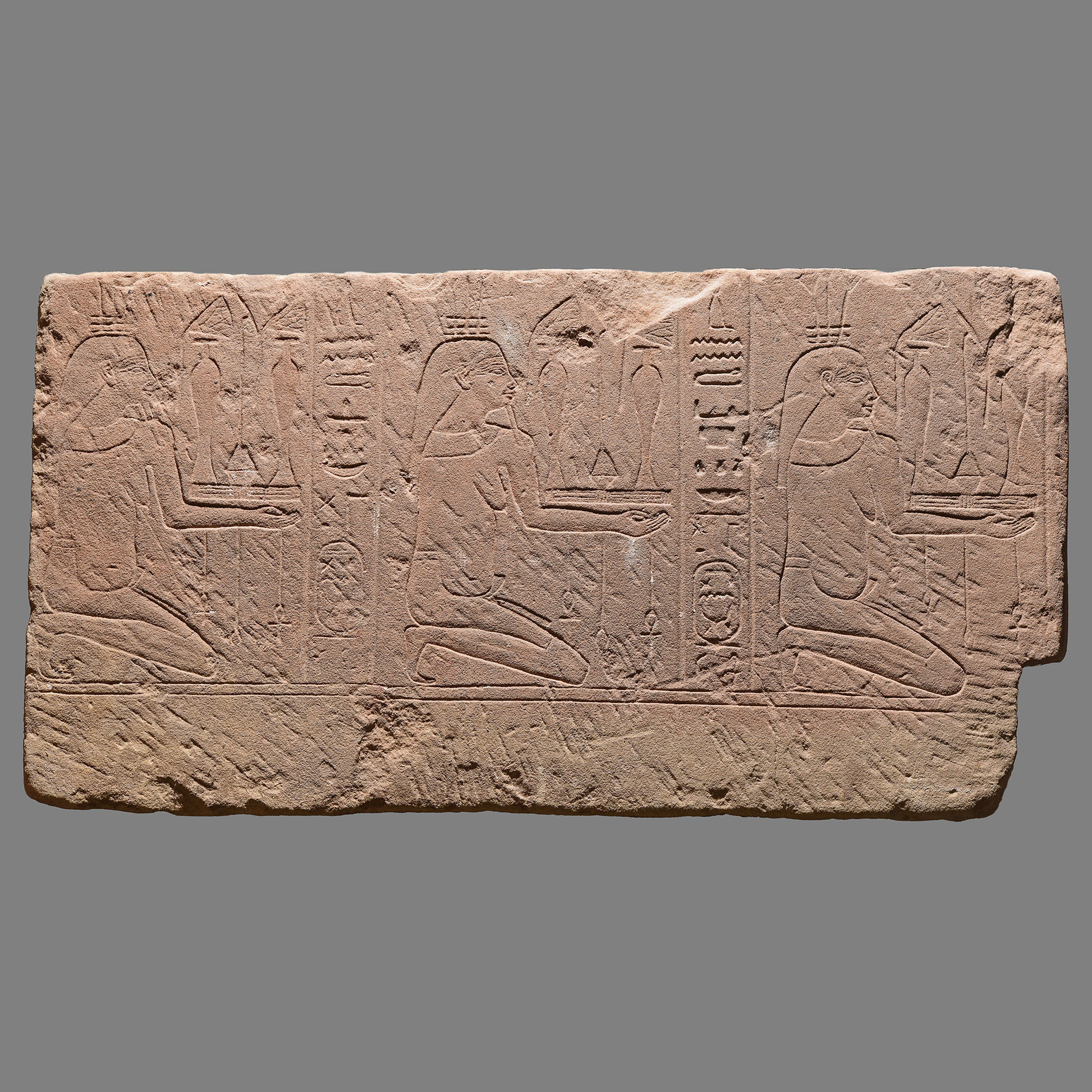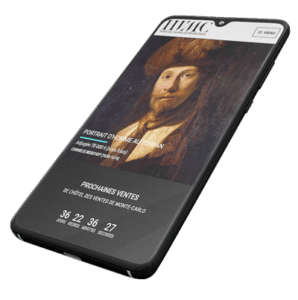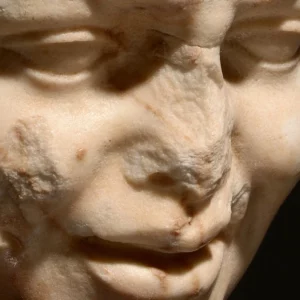Egypte, Basse-Epoque, XXVe dynastie, 710-650
Grès
Dim_ 50,5 x 95,5 cm
Provenance
Connu sur le marché de l’art depuis 1970 et ayant appartenu à un marchand hollandais de Soesdijk
Collection privée de Monsieur X. (1931-2017) dispersée au profit de La Croix Rouge monégasque
A LATE PERIOD SANDSTONE RELIEF WITH THE NAME OF SHEPENWEPET II, DYNASTY 25TH, 710-650 B.c.
20 x 38 in.
Carved in low relief with three representations of Nile god, Hapy, kneeling and depicted in his usual form, swollen-bellied, wearing and abbreviated belt and loincloth, long hair and pendulous femal breasts. Each head surmounted by papyrus and lotus stems, they bear a tray with offerings (two hes-vases and ouas scepter). All his attributes symbolized the fertility Hapy supplied and as such were interchangeable with those of other so-called fecundity figures (see Wadj-Wer). Beginning in the 5th dynasty (mortuary temple of Sahure), the lower registers of temple walls were often decorated with depictions of Hapy and other fecundity figures bearings offerings into the temple as gifts and sustaining supplies for the temple’s divine owners. In this relief, each figure is separated by a hieroglyphic column with the cartouche of the Divine Adoratrice of Amun, Shepenwepet II, daughter of the first Kushite pharaoh Piye and sister of his
successor Taharqa. This fragment probably comes from her mortuary temple in Medinet Habu, near Thebes.
Description complète







